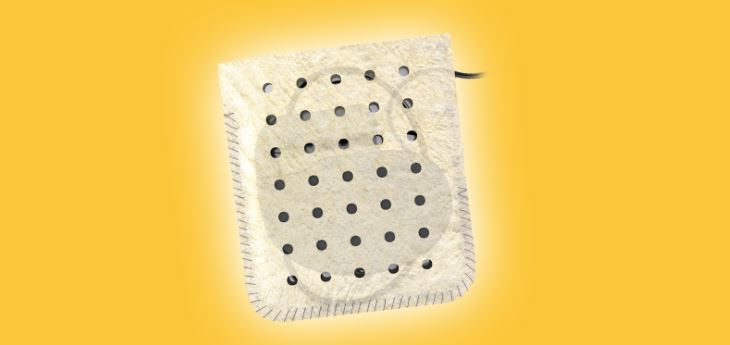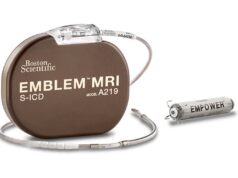
Aziyo Biologics has announced the launch of their CanGaroo bio envelope specifically for use with subcutaneous implantable cardioverter-defibrillators (S-ICDs). It is the only cardiac implantable electronic device (CIED) envelope available for use with S-ICDs.
CanGaroo is a natural extracellular matrix (ECM) scaffold that is intended to securely hold CIEDs to create a stable environment following implantation. It is constructed from a multi-laminate sheet of decellularized, non-crosslinked, lyophilized ECM derived from porcine small intestinal submucosa (SIS). Once implanted, the envelope secures the CIED in place.
Porcine SIS is a decellularized matrix that serves as a bioscaffold to allow vascular ingrowth from adjacent tissues to deliver progenitor cells and nutrients to the matrix, which then differentiate into tissue-specific cells and structures. The ECM is gradually replaced as the patient’s own cells restore the diseased or damaged site.
During repair, the matrix is naturally degraded and resorbed, leaving remodeled functional tissue where damaged or injured tissue would normally be expected. Since 1999, an estimated two million patients worldwide have received SIS ECM implants.
Studies have demonstrated that use of CanGaroo when implanting CIEDs reduces the risk of device migration and erosion. Over time, the envelope remodels into a vascularised pocket that may facilitate device removal or revision.
The larger size and design created for S-ICDs is the fifth in the CanGaroo product line, which includes four smaller CIED envelopes.
“Creation of a natural regenerative implantation environment and preserving defibrillation threshold vectors with a stable shock impedance are challenging complications for patients undergoing implantation of S-ICDs,” says John N Catanzaro, electrophysiologist at the University of Florida, Jacksonville, USA. “The availability of a bio envelope large enough to secure the S-ICD is of paramount importance for the potential to achieve effective defibrillation.”
“A number of different challenges are associated with the implantation of subcutaneous ICDs versus traditional transvenous ICDs due to device location and placement,” says Patrick Ferguson, vice president of sales at Aziyo Biologics. “Our bio envelope is specifically designed to complement the subcutaneous implant experience providing long-term pocket health and vector stabilisation.”









